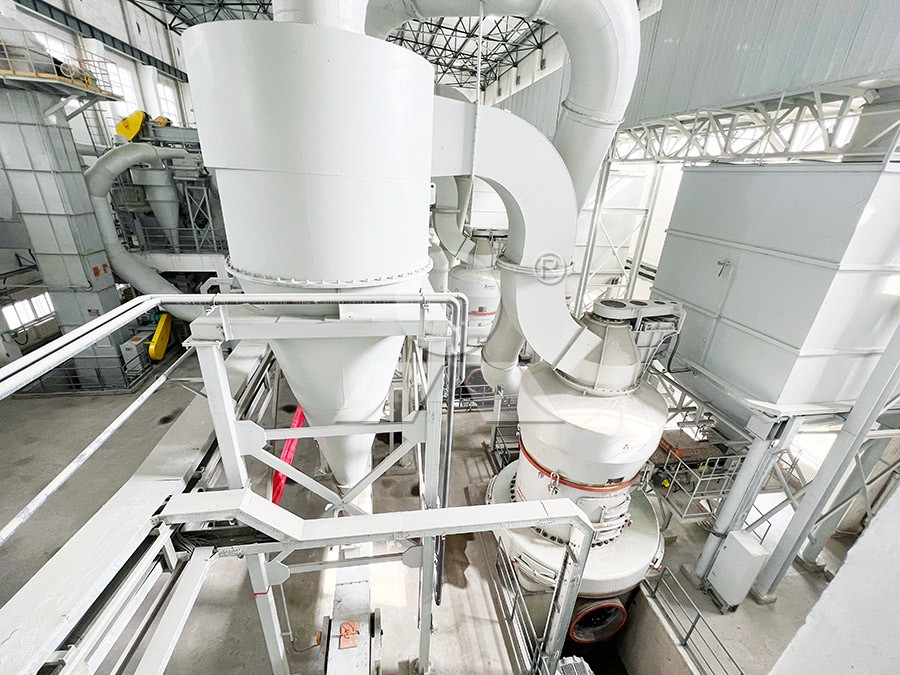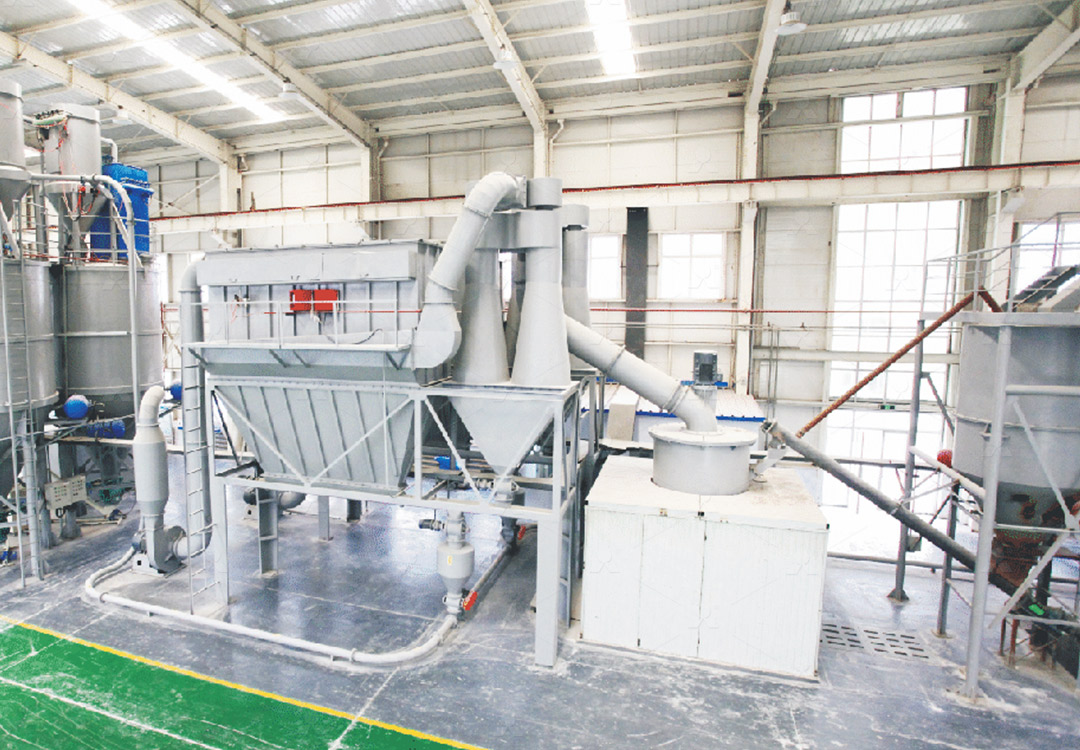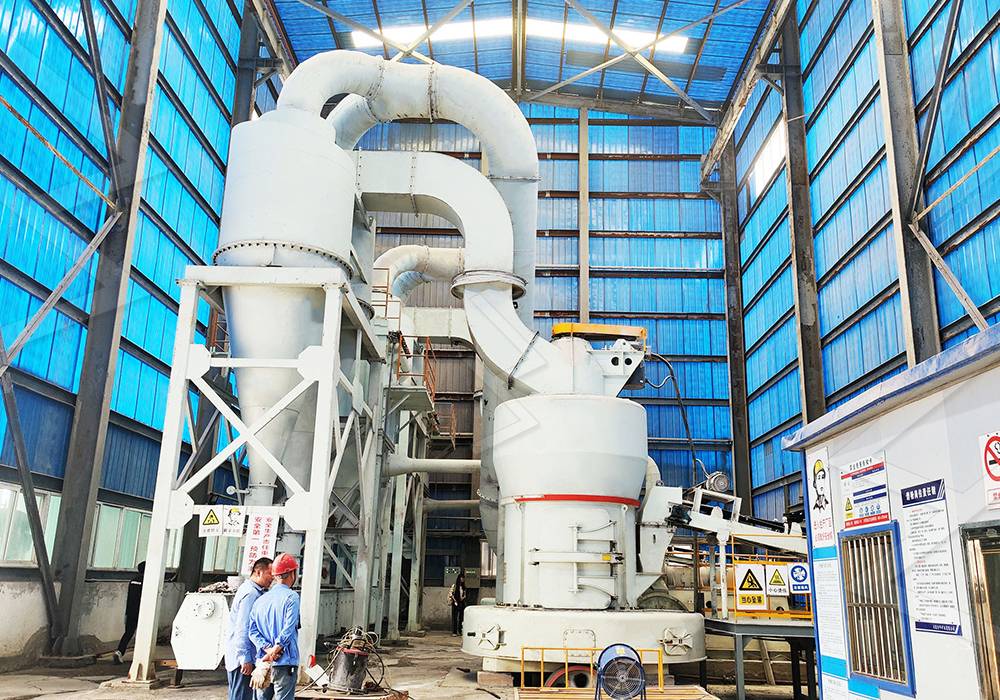Grinding Mill for Amphibolite: Efficient Processing Solutions
Grinding Mill for Amphibolite: Efficient Processing Solutions
Amphibolite, a metamorphic rock composed primarily of amphibole and plagioclase feldspar, presents unique challenges in mineral processing. Its variable hardness, abrasive nature, and specific industrial requirements demand grinding solutions that combine precision, durability, and energy efficiency. Proper milling equipment selection is crucial for achieving the desired particle size distribution while maintaining operational economy.

The Amphibolite Grinding Challenge
Processing amphibolite requires careful consideration of several factors. The rock’s hardness typically ranges between 6-7 on the Mohs scale, making it moderately abrasive to processing equipment. Additionally, many industrial applications require ultra-fine powders with precise particle size distributions. Traditional grinding methods often prove inefficient for amphibolite, leading to excessive wear on components, high energy consumption, and inconsistent product quality.
Modern grinding technology has evolved to address these challenges specifically. The key lies in selecting equipment that can handle the material’s abrasiveness while providing flexible control over final product specifications. This is particularly important for amphibolite applications in construction materials, agricultural supplements, and industrial fillers where particle size directly affects performance.
Advanced Grinding Solutions
For operations requiring ultra-fine amphibolite powders, the MW Ultrafine Grinding Mill represents a significant technological advancement. This system processes materials with input sizes up to 20 mm and offers capacities ranging from 0.5 to 25 tons per hour. What makes it particularly suitable for amphibolite processing is its ability to produce powders with fineness between 325-2500 meshes, with screening rates achieving d97≤5μm in a single pass.
The MW series incorporates several innovative features that benefit amphibolite processing. Its newly designed grinding curves of grinding roller and grinding ring enhance grinding efficiency substantially. Compared to conventional systems, it delivers 40% higher production capacity with the same fineness and power requirements. The elimination of rolling bearings and screws in the grinding chamber addresses a common failure point when processing abrasive materials like amphibolite.

Environmental and Operational Considerations
Modern mineral processing must balance production efficiency with environmental responsibility. Amphibolite grinding operations benefit from integrated dust collection and noise reduction systems. The MW Ultrafine Grinding Mill’s efficient pulse dust collector ensures no dust pollution during operation, while silencers and noise elimination rooms maintain workplace comfort and regulatory compliance.
Operational reliability is another critical factor in amphibolite processing. Equipment downtime directly impacts profitability, making maintenance-friendly designs essential. The external lubrication system of advanced grinding mills allows for maintenance without shutdowns, supporting continuous 24-hour operation that maximizes production uptime.
Complementary Technology: LUM Ultrafine Vertical Grinding Mill
For operations with stricter space constraints or different feed size requirements, the LUM Ultrafine Vertical Grinding Mill offers an excellent alternative. With an input size capacity of 0-10 mm and throughput of 5-18 tph, this system integrates ultrafine powder grinding, grading, and transporting in a compact footprint. Its unique roller shell and lining plate grinding curve design generates material layers more effectively, achieving high rates of finished products through single-pass milling.
The LUM series particularly excels in maintaining product whiteness and cleanliness—important considerations for many amphibolite applications. Its double position-limiting technology provides operational stability, preventing destructive impacts that could occur from machine vibration during amphibolite processing.

Optimizing Amphibolite Processing
Successful amphibolite processing extends beyond equipment selection. Proper system design considers the entire production chain from raw material handling to final product packaging. Modern grinding mills with digitalized processing and numerical control ensure high precision machining of core components, contributing to consistent performance and product quality.
The availability of genuine spare parts and comprehensive technical support completes the processing solution. Operations can run with confidence knowing that expert assistance and original components are readily available, minimizing potential disruptions to production schedules.
Frequently Asked Questions
What makes amphibolite particularly challenging to grind?
Amphibolite’s moderate hardness (6-7 Mohs) and abrasive mineral composition accelerate wear on conventional grinding components. Its variable composition also demands equipment that can maintain consistent product quality despite feed material fluctuations.
How does the MW Ultrafine Grinding Mill achieve higher efficiency with amphibolite?
The MW series incorporates optimized grinding curves and advanced powder selection technology that reduces energy consumption by 30-50% compared to traditional systems. The absence of internal screws and rolling bearings in the grinding chamber eliminates common failure points when processing abrasive materials.
What particle size range can be achieved with modern amphibolite grinding mills?
Advanced systems like the MW Ultrafine Grinding Mill can produce powders ranging from 325 to 2500 meshes, with the capability to achieve d97≤5μm in a single processing pass, suitable for even the most demanding industrial applications.
How do modern grinding systems address environmental concerns?
Integrated pulse dust collectors prevent particulate emissions, while noise reduction technologies maintain workplace comfort. The closed-system designs and negative pressure operation ensure compliance with stringent environmental regulations.
What maintenance advantages do these systems offer for amphibolite processing?
Features like external lubrication systems allow maintenance without production stoppages. The reversible structure of mills like the LUM series enables easy access to grinding components, reducing downtime for wear part replacement or inspection.
